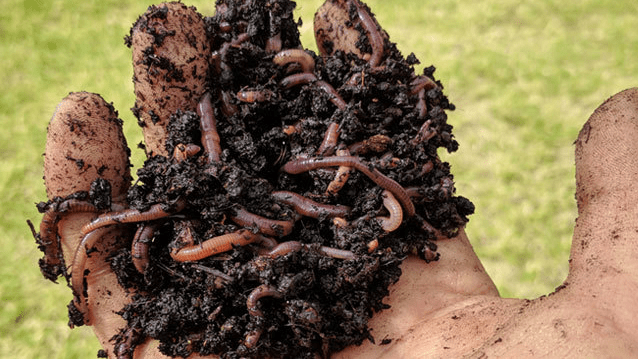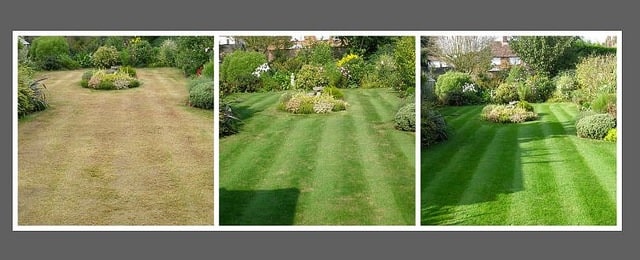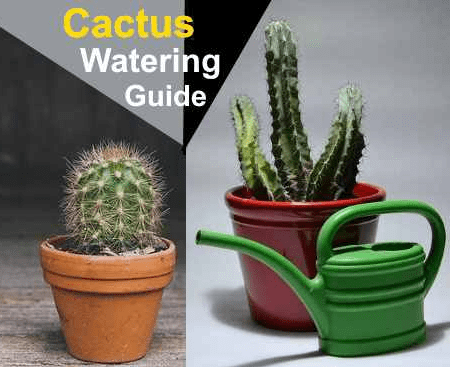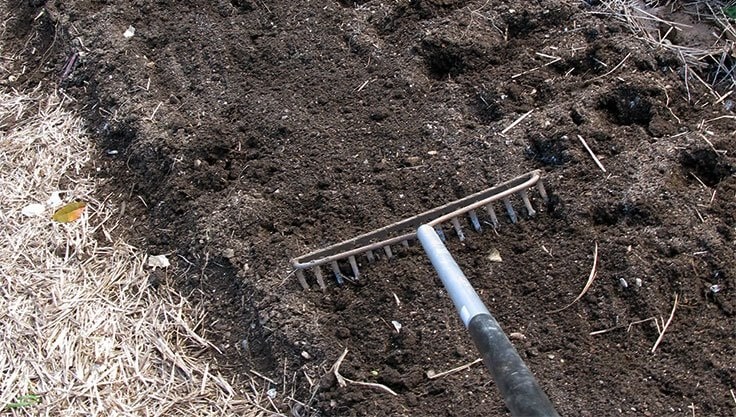Many hobby gardeners dream of a low-maintenance flower bed that blooms beautifully year after year with minimal effort. With long-lived perennials, that dream becomes a reality!
Contents
Peonies: Timeless Beauties for Sunny Beds
Peonies can thrive in a sunny garden bed for decades. Varieties such as the red ‘Tenuifolia’, ‘Blaze’, and ‘Flame’ are more upright and sturdy compared to double-flowered peonies, making them ideal for long-lasting floral displays.
Why Perennials Are a Smart Choice
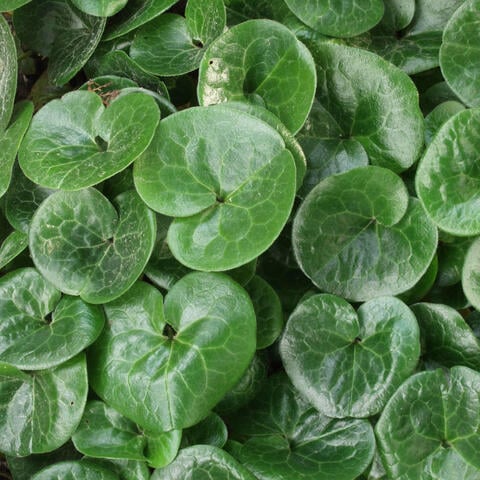
Perennials naturally live longer than annuals and biennials. By definition, a perennial must survive for at least three years. Among these resilient plants, some species are particularly long-lived, thriving in the same spot for decades without needing to be divided or replanted.
A Selection of Long-Lived Perennials
Here are some of the most reliable and enduring perennials for your garden:
- Cyclamen (Alpenveilchen)
- Monkshood (Eisenhut)
- Epimedium (Elfenblume)
- Hosta (Funkie)
- Asarum (Haselwurz)
- Hellebore (Lenzrose)
- Lily of the Valley (Maiglöckchen)
- Peony (Pfingstrose)
- Daylily (Taglilie)
- Goat’s Beard (Waldgeißbart)
- Waldsteinia
- Meadow Cranesbill (Wiesen-Storchschnabel)
Garden Favorites: Hosta and Hellebore
Hostas and hellebores are top performers, often thriving for over 20 years without the need for division. Spring bloomers such as epimedium and Waldsteinia can endure in the same location for decades. These groundcovers are perfect for creating lush, low-maintenance garden areas. Lily of the valley, cyclamen, and wild ginger (Haselwurz) are even suitable for naturalizing.
For sunny flower beds, peonies are a standout choice. They can remain in the same location for generations thanks to their slow-growing, yet steady development.
Pro Tip: Haselwurz is a hardy, native groundcover with shiny, kidney-shaped leaves and exceptional longevity.
Short-Lived vs. Long-Lived Perennials
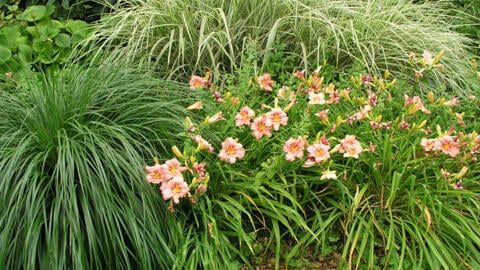
Short-lived perennials tend to decline after four to five years. They become less floriferous and show minimal new growth. To rejuvenate these plants, timely division is essential. In contrast, long-lived perennials improve with age. For example, Goat’s Beard (Aruncus dioicus) blooms twice as profusely in its eighth year compared to its fourth.
Plan Ahead: Pick the Right Spot
Long-lived perennials dislike being moved. So it’s important to carefully choose their planting location to allow them to grow undisturbed for many years. Consider sunlight, soil type, and space when planning your perennial bed.
The Best Conditions for Long-Lived Perennials
Many perennials can adapt to different light and soil conditions. For instance, monkshood, meadow cranesbill, and daylilies will grow in both lightly shaded and sunny areas, provided the soil remains moderately moist.
However, to ensure maximum blooming and longevity, it’s best to mimic the plant’s natural habitat as closely as possible. The “plant community system” (Lebensbereiche) is a useful tool that classifies plant species by their native environmental conditions.
Important: Always Divide When Transplanting
If you ever need to move a peony or another long-lived perennial, always divide it into at least four sections before replanting. This stimulates root growth and ensures the plant establishes itself in its new location. Transplanting without dividing often results in poor performance. If a plant is struggling after a move, dig it up again, divide it properly, and replant—it’s not too late to correct the mistake.





